TO: Spec Miata Participants
FR: SCCA, NASA and Mazda Spec Miata Leadership Team
RE: Class Intent, Direction and Regulations
DT: November 5, 2014
Spec Miata purpose and intent (SCCA General Competition Rules):
The Spec Miata (SM) class is intended to provide the membership with the opportunity to compete in low cost, production-based cars with limited modifications, suitable for racing competition.
The rules are intentionally designed to be more open than the Showroom Stock class but more restricted than the Improved Touring class.
Less than 15 years ago, the concept of Spec Miata was born. The essence of the class focused on a low cost, fun, competitive environment that was relatively easy to enter. If a participant found a good donor car, added safety equipment, a hardtop and a bolt-on kit of performance parts purchased through Mazdaspeed Motorsports Development, they would have equipment capable of racing at the front of the field.
Throughout the years, the class veered from the original intent and direction. The scope of the class has crept into something beyond its original intent. While the essence of the class may remain the same, in some respects, it has lost its way, pushing the definition of “limited modifications” and the notion of “low cost.” Mazda, SCCA and NASA all agree that changes must be made for the long-term health of the class, regardless of which sanctioning body operates the races.
The 2014 SCCA National Championship Runoffs was a watershed moment in the history of the Spec Miata class. With so many cars found out of compliance at the front of the field, a working group was established by Mazda, SCCA and NASA leadership to evaluate not just cylinder head rules, but the purpose and long-term goal of the class overall. The group, established by SCCA President Lisa Noble, also includes John Doonan, Steve Sanders and Mike Allen (Mazdaspeed Motorsports Development), John Mueller (NASA), Tony Ave (SCCA Club Racing Board) and Robert Clarke (SCCA Pro Racing/SCCA Inc.).
The group met face-to-face at SCCA’s offices in Topeka, Kansas October 30, 2014. Also attending in consultation were: Eric Prill (SCCA), John Bauer (SCCA), Jim Wheeler (SCCA Club Racing Board), Steve Knapp (Elite Engines) and Jim Stewart (Stewart Engines).
Long-term Goal of the working group:
For Spec Miata to be a healthy, growing and economical class across organizations, where a racer can be competitive utilizing a stock Mazda Miata that is enhanced with bolt-on performance parts acquired through Mazdaspeed Motorsports Development.
In achieving that goal, it is important that current participants not be disenfranchised and unreasonably burdened while still making the class attractive to individuals that have either left the class or not engaged in the class due to scope creep away from stock.
The most critical issue in conflict with the long-term goal is with regard to rules that permit modifications to the stock cylinder head and the method with which these are being modified. Current SM rules permit cylinder head modifications beyond the level of more “radical” categories, including, but not limited to, SCCA Production and Super Touring® Lite. It needs to be stated that the heads examined at the Runoffs were modified on varying levels, but each head found out of compliance was in violation of the rules as they are written. Additionally, this is not simply an issue with de-burring, but rather actual smoothing, blending and porting on the sharp edge from the plunge cut.
To achieve the long-term goal, the class must ultimately return to stock cylinder heads with a permitted industry-standard valve job.
Recognizing the number of modified (both compliant and non-compliant per the current rules) cylinder heads in the community, the expense to replace these and potential parts availability concerns, the group agrees to the following path, with details to be finalized no later than the December 14 SCCA Board of Directors meeting:
- Permit plunge cuts and unshrouding per the current rules, but with clarification of concentricity, as well as some level of blending of the plunge cut (language TBA). These modifications may require that additional weight be added to the car.
- Independent testing will be conducted to determine the effect of the individual and collective modifications. Only once this scientific data is collected and evaluated will weight levels be determined.
- Weight additions will compensate for the power gains from the head modifications, while also encouraging the behavior of changing back to an unmodified head as soon as possible.
- The allowance of these modifications will have a sunset period of one to two years, based on parts availability. The intention is for this to happen sooner than later, but with appropriate competitor notification.
- Only un-modified heads would be permitted for competition at the 2015 SCCA National Championship Runoffs.
Additionally, the group unanimously desires greater resources and efforts with regard to season-long compliance checks. Collectively, it is developing an enhanced compliance program to address this. The group will also evaluate class parity and additional concepts to ensure parity and compliance moving forward.
Timing: The working group welcomes input, which can be submitted through SCCA’s www.clubracingboard.com site or NASA’s John Mueller at john@weekend-racer.com. A final recommendation of the group, with the support of all involved parties, will be presented to the SCCA Board of Directors and NASA leadership for approval in December.
At its October meeting, the SCCA Board of Directors unanimously passed the following motion: SCCA Board of Directors directs SCCA Staff and CRB to jointly develop with Mazda and NASA a rule set and timeline to address the Miata engine preparation. This may include recommendations around protest, appeals and teardown in the GCR for Spec Miata.
Summary: The working group believes that this structure achieves the long-term goal, while addressing short-term concerns. Drivers with modified components that need time to perform the necessary changes will be able to compete at a reasonable level in the short term, with the class as a whole driving together toward a better long-term goal.
For the sport,
Lisa Noble, SCCA President and CEO
John Doonan, Mazda Motorsports Director
John Mueller, NASA Spec Miata National Director
Robert Clarke, SCCA Pro Racing President/SCCA VP of Business Development
Tony Ave, SCCA Club Racing Board
Steve Sanders, MAZDASPEED Motorsports Development Manager
Mike Allen, MAZDASPEED Motorsports Development Specialist ∞


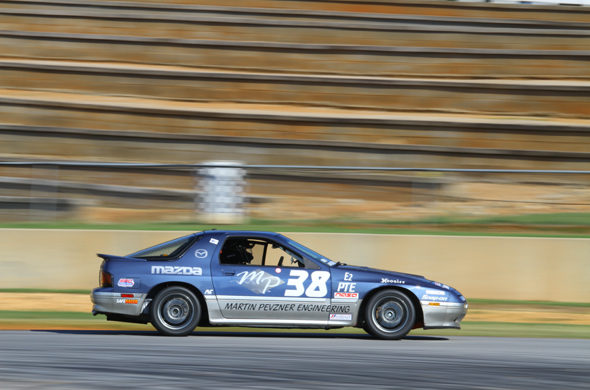
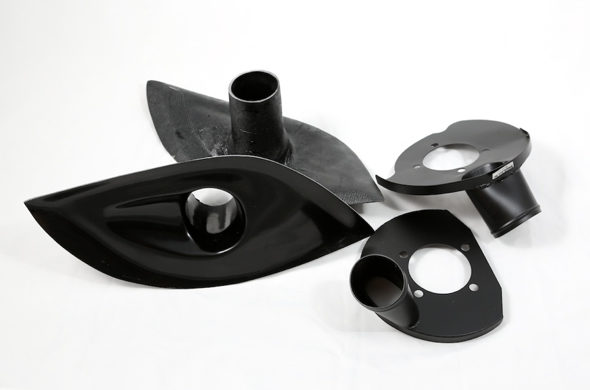


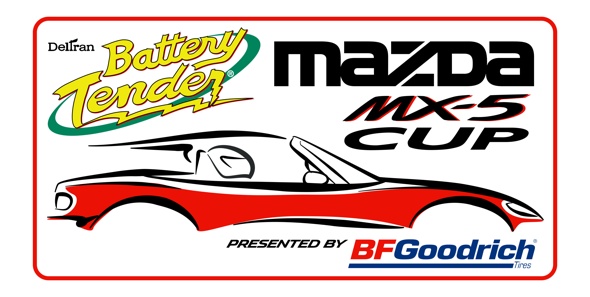
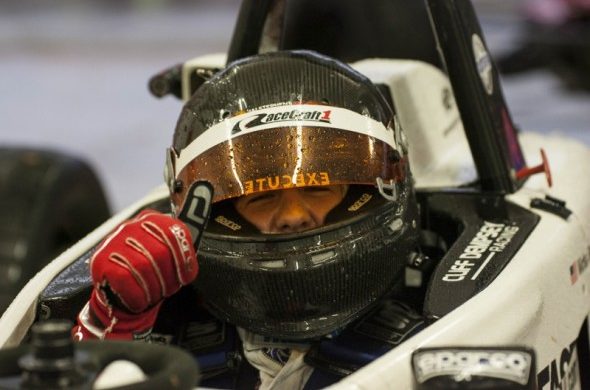





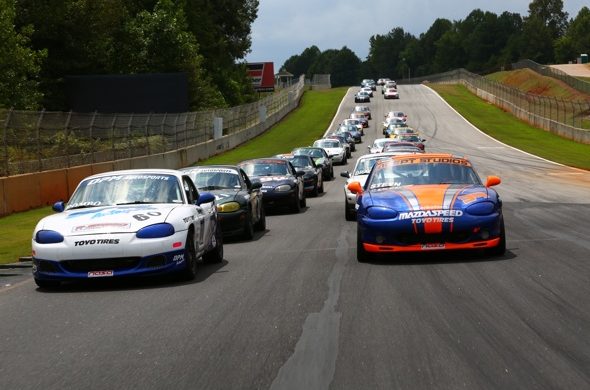
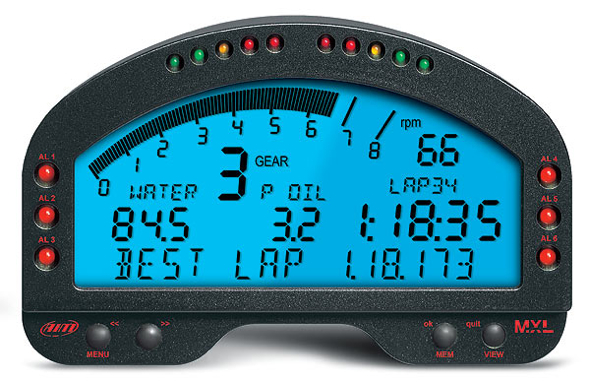

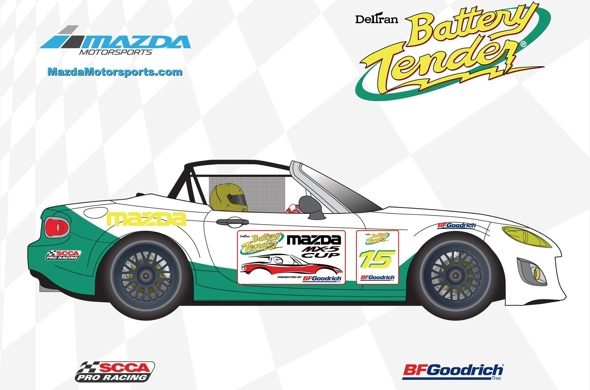

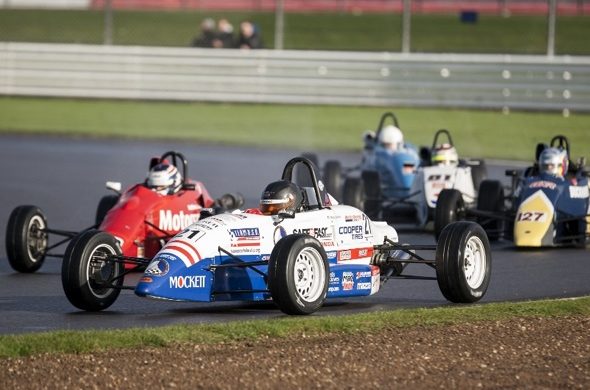
 ACCESSIBILITY
ACCESSIBILITY